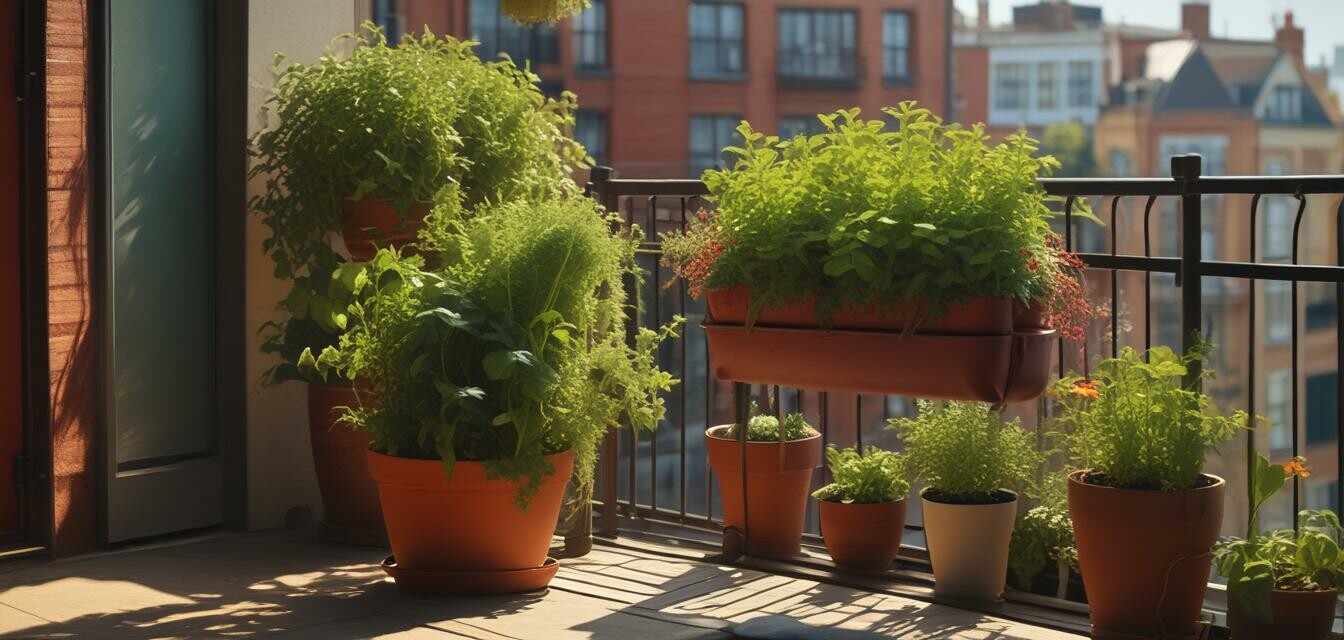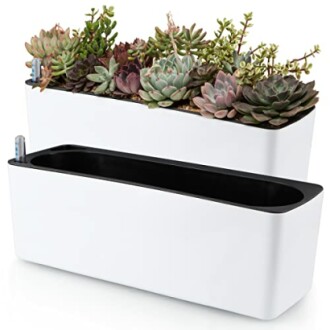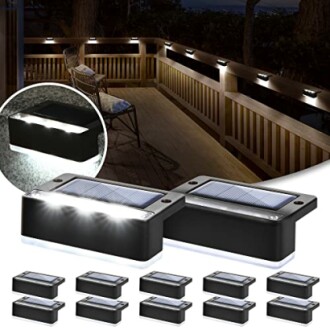
Container Gardening for Beginners: Getting Started
Key Takeaways
- Container gardening is perfect for small spaces like balconies.
- Choose the right plants, pots, and soil for your container garden.
- Regular maintenance, including watering and fertilizing, is essential for plant health.
- Utilize self-watering pots to make plant care easier.
- Experiment with different layouts and plant combinations for aesthetic appeal.
Container gardening is an excellent solution for urban dwellers who wish to cultivate their passion for gardening without the luxury of a backyard. With the right selection of containers, plants, and maintenance techniques, anyone can create a beautiful green space on their balcony. Whether you're interested in growing herbs, vegetables, or ornamental plants, this guide will help you get started.
What is Container Gardening?
Container gardening refers to the practice of growing plants in pots or containers rather than in traditional garden beds. This method is perfect for those who have limited space and allows for a wide variety of plants to be grown, from colorful flowers to delicious vegetables.
Benefits of Container Gardening
- Space-saving: Ideal for small spaces like balconies or patios.
- Portability: Containers can be moved around to optimize light exposure.
- Control over soil quality: You can customize the soil mix according to the plant's needs.
- Easier pest management: Isolating plants in containers can help control pests.
- Accessibility: Gardening can be easier for individuals with mobility issues.
Choosing the Right Containers
When selecting containers for your garden, it's important to consider size, material, and drainage. Here are some popular options:
| Container Type | Material | Drainage Considerations |
|---|---|---|
| Pots | Plastic, Clay, Ceramic | Ensure they have drainage holes to prevent root rot. |
| Raised Beds | Wood, Metal | May need additional drainage solutions. |
| Hanging Baskets | Plastic, Wire, Fabric | Usually have drainage but check before planting. |
Plant Selection for Container Gardens
Choose plants based on your climate, the amount of sunlight your balcony receives, and personal preferences. Here are suggestions for suitable plants:
- Herbs: Basil, parsley, cilantro, and thyme.
- Vegetables: Cherry tomatoes, lettuce, peppers, and radishes.
- Flowers: Pansies, petunias, and marigolds.
Best Practices for Planting
- Select the right potting mix for your plants.
- Fill your container with soil, leaving about an inch of space from the top.
- Gently loosen the roots of your plants before placing them in the soil.
- Water thoroughly after planting.
- Label your containers to keep track of different plants.
Maintenance Tips for a Thriving Container Garden
Once your plants are in place, maintenance is key to a successful container garden.
Watering
Plants in containers dry out more quickly than those in the ground. Make it a habit to check the soil moisture daily, especially during hot weather.
Fertilizing
Container plants often require more nutrients since they have limited soil. Use a balanced liquid fertilizer every few weeks during the growing season.
Harvesting
Regularly check your plants for ripe vegetables and herbs. Frequent harvesting encourages new growth and maximizes your yield.
Top-Recommended Products for Container Gardening
Skelang 2-Pack Self Watering Planter
This rectangular planter comes with a water level indicator, making it easy to see when your plants need watering, perfect for indoor gardens and herbs.
Learn MoreExploring Advanced Gardening Techniques
If you want to take your container gardening skills further, consider these advanced techniques:
- Vertical Gardening: Use vertical space to maximize planting potential. Hanging pots and wall planters are excellent options.
- Intercropping: Mixing different plant types can improve growth and deter pests.
- Hydroponics: An innovative method that requires no soil and uses nutrient-rich water to grow plants.
Conclusion
Container gardening is an enjoyable and highly rewarding hobby, especially for those living in urban settings. By taking the time to choose the right plants and maintaining them properly, you can create a lush, vibrant garden right on your balcony.
Pros
- Flexibility in choosing plant locations.
- Customizable garden designs.
- Less physical strain on gardening tasks.
Cons
- Limited space for larger plants.
- More frequent watering required.
- Soil nutrients can deplete quickly.
Resources for Further Learning
For additional tips and tricks on container gardening and related topics, check out these resources:
- Plant Selection for Balconies
- DIY Balcony Garden Projects
- Seasonal Balcony Gardening
- Herb Gardens
- Vertical Gardening Techniques
Enhancing Your Outdoor Space
Consider adding outdoor lighting to enhance your balcony garden's visual appeal. Here’s a great option:
Solpex Solar Deck Lights
Illuminate your outdoor space with these waterproof LED lights, perfect for gardens, patios, and pathways.
Learn More
